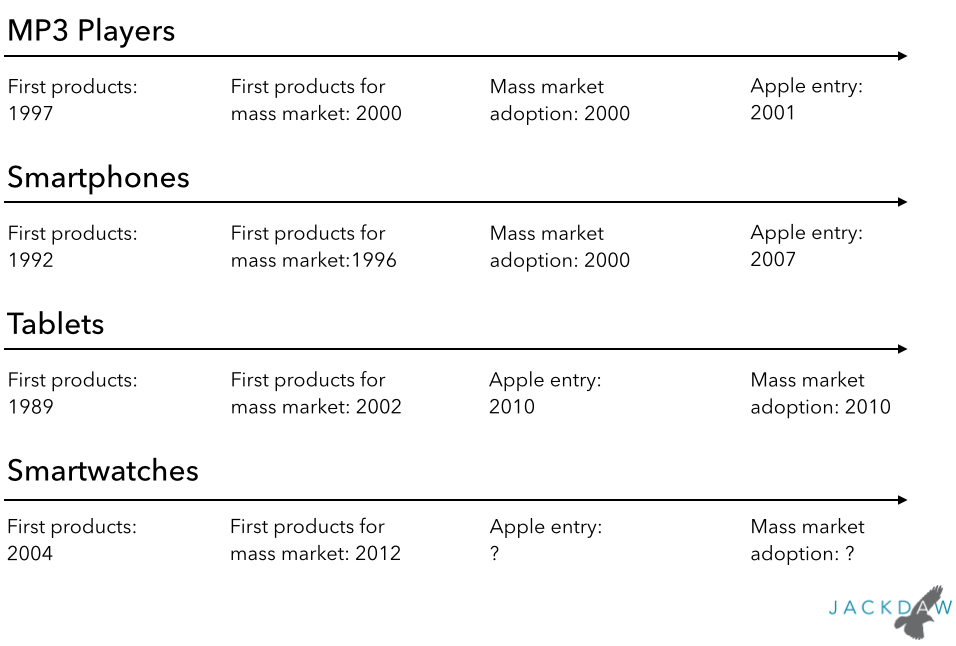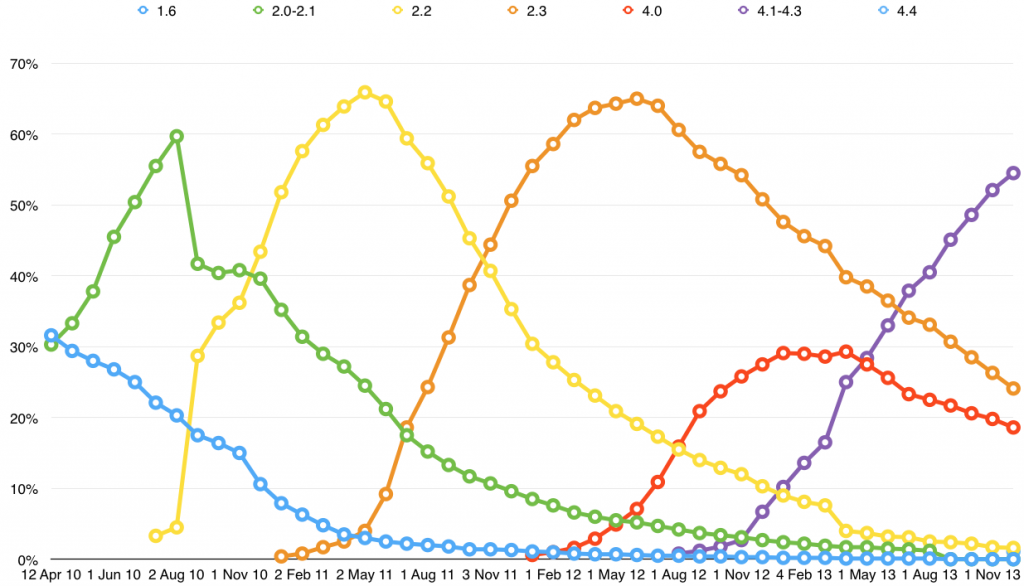I was going through Microsoft’s 10-Q for the quarter ended December 2013 when I discovered that, for the first time as far as I can tell, there’s enough information in the discussion of the results to derive a figure for its Windows Phone bucket for the quarter. In fact, there’s enough information to derive the number for three other quarters as well. Armed with this information, it may be possible to have a pretty good attempt to estimate revenues for other quarters and therefore the run-rate for this business. Let me walk through those numbers first. The key sentence in the 10-Q is this:
Windows Phone revenue increased $340 million or 50%, reflecting higher sales of Windows Phone licenses and an increase in mobile phone patent licensing revenue.
There are two things to note here:
- First, the company gives both a percentage and a number for the first time (it’s previously only ever given numbers without percentages), which are enough to calculate last year’s and this year’s number. If $340 million is 50% of the number for Q4 calendar 2012, then the number for that quarter was $680 million, and the number for Q4 calendar 2013 is $1.02 billion 1.
- Secondly, Microsoft makes clear (as it has in previous quarters) that what it describes as Windows Phone revenue actually includes its patent licensing revenue too, e.g. from Android devices. So this isn’t just license fees from Windows Phone OEMs, but that’s one chunk of it and patent licensing makes up for the rest.
A couple of paragraphs down we get this additional information for the six months ended December 2013, i.e. the third and fourth calendar quarters combined:
Windows Phone revenue increased $440 million or 46%
With the information previously given, we can now deduce revenue figures for two additional quarters with reasonable accuracy: $277 million for calendar Q3 2012, and $377 million for calendar Q3 2013. In the 10-Q for calendar Q3 2013 Microsoft said that Windows Phone revenue increased by $102 million, which more or less matches up with the $100 million difference in my numbers, suggesting we’re on the right track here. Digging back through other previous filings, there are quite a few instances where Microsoft gave a growth figure for Windows Phone in dollar terms, which helps get a sense of overall growth rates and allows us to fill in some gaps in between these numbers. I’ve had to play around with the numbers quite a bit here, but at this point my numbers fit exactly with the growth numbers provided, so I feel pretty good about them. Here are my estimates for the last ten quarters: Continue reading
Notes:
- When using percentages to make these calculations, your results might be a couple of million dollars off, but they’ll be very close. ↩

